Search
Remove Ads
Advertisement
Summary 
Loading AI-generated summary based on World History Encyclopedia articles ...
Search Results

Definition
Salado Culture
The Salado culture is a term used by historians and archaeologists to describe a pre-Columbian Southwestern culture that flourished from c. 1200-1450 CE in the Tonto Basin of what is now the southern parts of the present-day US states of...
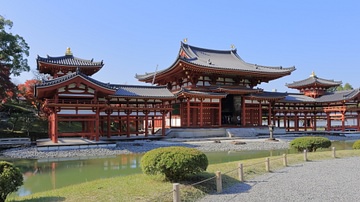
Image
Phoenix Hall, Byodo-in, Uji
The Phoenix Hall of Byodo-in, Uji, founded in 1052 CE by Fujiwara no Yorimichi during the Heian Period. A Buddhist temple site dedicated to Amida. South of Kyoto, Japan.

Definition
Hallstatt Culture
The Hallstatt culture is named after the site of that name in Austria and it flourished in central Europe from the 8th to 6th century BCE. The full period of its presence extends from c. 1200 to c. 450 BCE - from the Late Bronze Age to the...
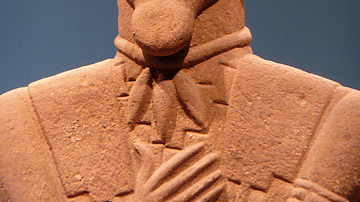
Definition
La Tène Culture
The La Tène culture (c. 450 - c. 50 BCE) is named after the site of that name on the northern shores of Lake Neuchâtel in Switzerland. It replaced the earlier Hallstatt culture (c. 1200 - c. 450 BCE) as the dominant culture of central Europe...
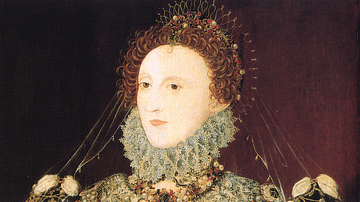
Image
Elizabeth I Phoenix Portrait
A c. 1575 CE portrait of Elizabeth I of England (r. 1588-1603 CE) known as the 'Phoenix Portrait'. The work is by Nicholas Hilliard (1547-1619) and is named after the pendant the queen wears hanging on her chest. The phoenix symbolizes regeneration...

Definition
Byodo-in
Byodo-in is a Buddhist temple complex at Uji, south of Kyoto, which was founded in 1052 CE by the important court official and regent Fujiwara no Yorimichi. The large Phoenix Hall is one of the finest surviving examples of architecture from...
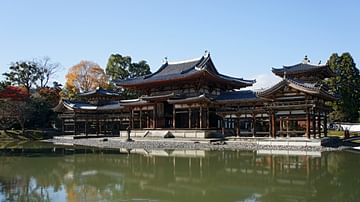
Image
Phoenix Hall, Byodo-in
The Phoenix Hall of Byodo-in, Uji, founded in 1052 CE by Fujiwara no Yorimichi during the Heian Period. A Buddhist temple site dedicated to Amida. South of Kyoto, Japan.
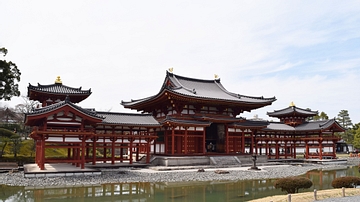
Image
Phoenix Hall at Byodoin Temple
The Byodoin Temple in Uji, Japan dates from the late-Heian period. The most famous portion of the temple is the "Phoenix Hall," which is a National Treasure and appears on the Japanese 10 yen coin.
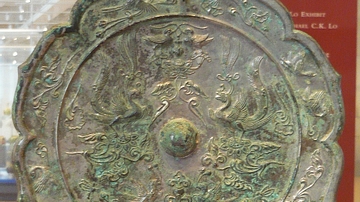
Image
Chinese Bronze Mirror with Phoenix Motif
This Chinese bronze mirror with a phoenix motif dates from the Tang dynasty (618-907 CE). The phoenix was the female counterpart to the male dragon in mythology, and it was also a symbol of Chinese empresses. (Royal Ontario Museum, Toronto)

Video
Virtual Tour of the Steamboat Phoenix Shipwreck
The Phoenix, built by the Lake Champlain Steamboat Company and launched in 1815, was the second commercial steamboat on Lake Champlain. The steamer, commanded by Captain Jahaziel Sherman, maintained a regular schedule between Whitehall, NY...